The Acer Swift 3 SF314 Notebook Review: Swift Gets Swifter With Ryzen 4000
by Brett Howse & Andrei Frumusanu on May 5, 2020 8:00 AM ESTWireless
Acer has fitted the Intel AX200 Wireless adapter in their Swift 3, and for good reason. Intel’s wireless networking adapters have been the cream of the crop in the PC space for some time, with rock solid stability, and excellent performance. The AX200 is the new Wi-Fi 6 adapter, adding 160 MHz channel support and higher QAM orders to provide much higher peak performance than Wi-Fi 5, while at the same time offering better congestion control as well.
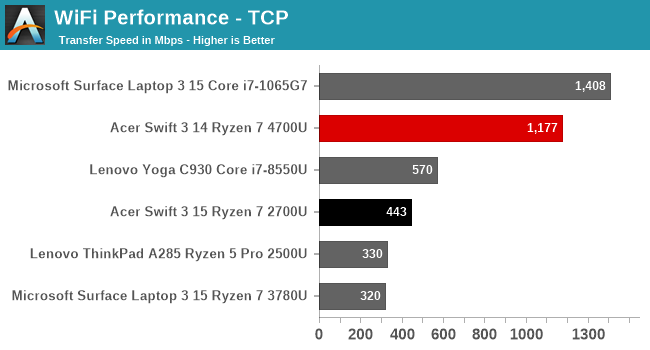
The Acer Swift 3 has very good networking performance from the 2x2 networking solution, hitting over 1.1 Gbps transfer speeds on our TCP test. We are using the ASUS ROG Rapture GT-AX11000 router, and if you’d like to check out more about the new Wi-Fi 6 testing, please check out our overview.
Audio
The Acer Swift 3 features DTS Audio with stereo front-facing speakers, and dual-microphones for Cortana support. Although the speakers are forward facing, they are on the bottom of the notebook, so can be obstructed depending on the surface the notebook is on.
Sound quality is quite good, with reasonable bottom end response for a notebook of this size. The speakers do not get overly loud, measuring 75 dB(A) one inch over the trackpad, but the sound was free from distortion.
Thermals
Thin, light, and performance. The holy trinity of laptop design. It is not always easy to achieve. Acer has a thin and light laptop, with a new 7 nm AMD Ryzen 7 4700U onboard which should help them out, but to see how the laptop responded it was run through an extended stress test of the CPU, with the GPU kicked in near the end.
As with most modern CPUs, the Ryzen 7 quickly ramps up well past its target thermal design power, hitting around 30 Watts draw at the start, but as the test goes on, that value falls back to around 18 Watts. But the power line shows several spots where it dropped back due to thermal capacity. A perfect result here would be a straight line for the CPU frequency but struggles to maintain its boosted frequency. The laptop does not seem to find a sweet spot where it can maintain temperatures either, it instead bounces from maximum power draw to minimum. The GPU also is not consistent when it is turned on around the 2300 second mark.
As this is a full stress test, it can be unfair since you are unlikely to run into a scenario where you use the system at 100% load for such an extended duration. To see how the laptop performs in a more real-world test, it was again tested using Far Cry 5 as a load source.
If anything, the results were even more disappointing. The laptop really struggled with its thermals, dropping the framerate into single digits often. The device attempted to run at around 18 Watts of power draw, slightly over the 15 Watt TDP, but in fact only averaged around 8 Watts during this run.
The laptop does not get overly loud during this load, only hitting around 45 dB(A), but clearly the included cooling system is inadequate for very heavy loads, such as gaming. Far Cry 5 is a demanding game, especially on CPU, so the SoC is even more taxed trying to balance the CPU and GPU, but overall this is a very poor result.
Software
Acer includes a few utilities which are useful, and a few that are not, such as some Norton Antivirus with a short trial period. But it is worth looking at a few pieces of software and included utilities.
The AMD Radeon Settings gives you control over the GPU settings, including disabling Vari-Bright, and seeing the system settings. It is a nice looking utility, but other than providing a few options to enable or disable, but it would be nice if you could use it to manage driver updates for the GPU rather than just copy the version numbers.
If you do want to update drivers, you can use the Acer Care Center, where you can also manage recovery media creation and support requests. This is now a standard feature on all notebooks, and Acer’s implementation is attractive and easy to use.
Acer includes a couple of links to e-tailers like Amazon and Booking.com, which are easily deleted, but also are a quick reminder that margins are thin when prices are this low.


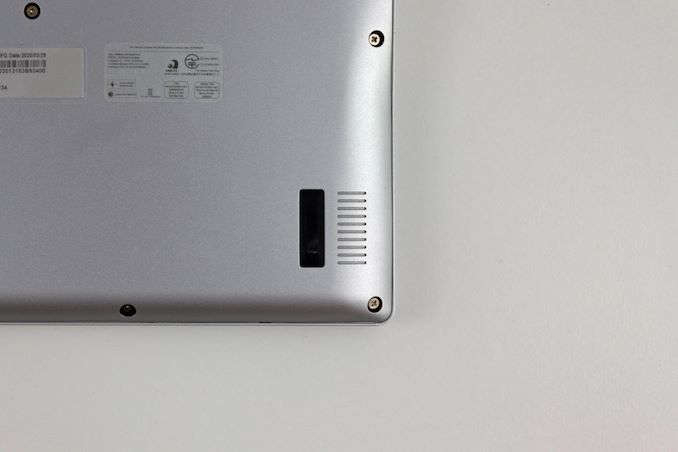
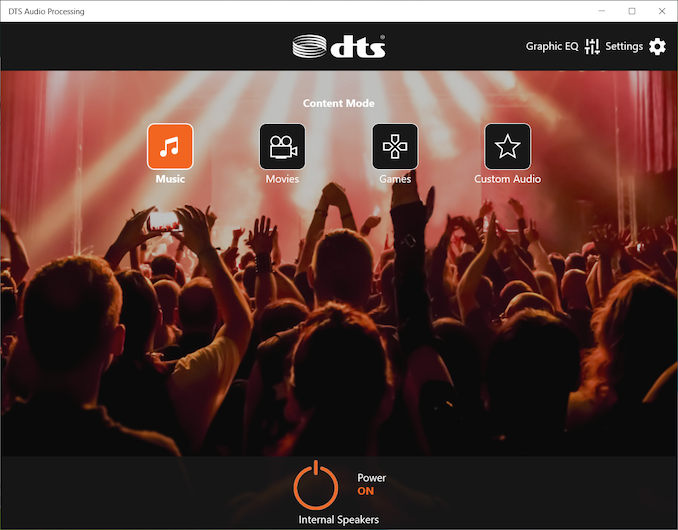
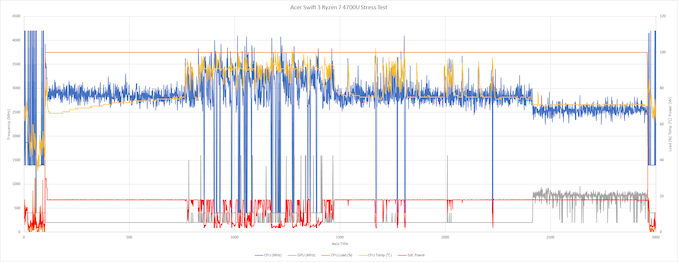
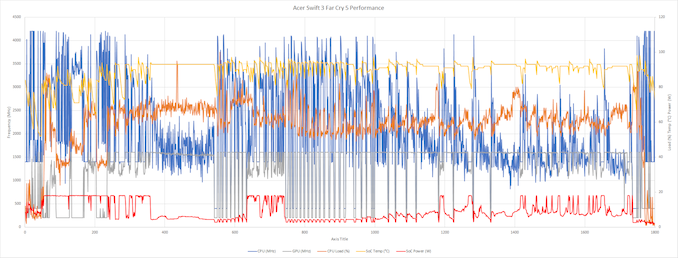
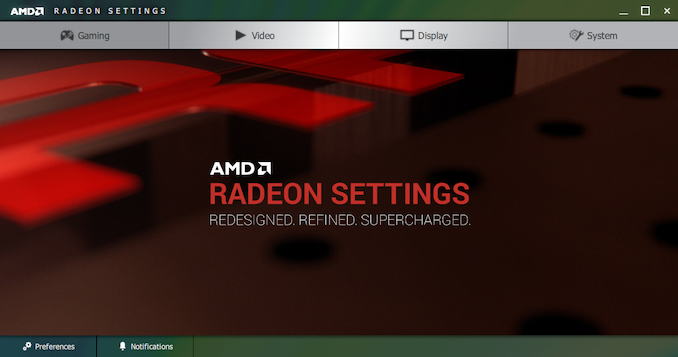

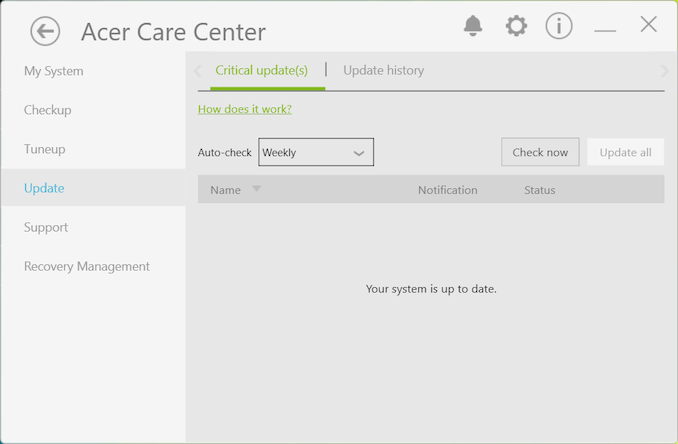








191 Comments
View All Comments
Roland00Address - Monday, May 11, 2020 - link
MSRP prices are never rational, especially on commodities who often sell much less than their MSRP. While "branded / halo" items rarely deviate from their MSRPs.yeeeeman - Tuesday, May 5, 2020 - link
"and allows them to compete not just on performance, but battery life as well" - how it allows them to compete when we clearly see in the normalized test that they are 25% worse compared to Intel?yeeeeman - Tuesday, May 5, 2020 - link
Nevertheless, the implementation is disappointing since it cannot sustain a stable frequency, so gaming will be hard on this...I guess that 650$ price is not without of reason...Steve1992 - Tuesday, May 5, 2020 - link
The frequencies are fine: https://youtu.be/Xyns9jjEt5MSteve1992 - Tuesday, May 5, 2020 - link
Better example: https://youtu.be/pGgY-Aw2dZoneblogai - Tuesday, May 5, 2020 - link
They are OK, but could be better. iGPU can keep the frequences in CPU-light games, but drops them in CPU heavy games like Forza Horizon, Dota2, and especially Battlefield V multiplayer. Also, in case of GTA5 benchmark you posted- note that the video starts with APU at 25W, which is while APU is still boosting (several minutes). Then it goes to sustained power limit of 18W, and will stay there, with lower power and clocks.Flunk - Tuesday, May 5, 2020 - link
Low priced thin and lights with integrated graphics are all pretty much useless for gaming. It's not a reasonable or use case... at least according to notebook designers.DanNeely - Tuesday, May 5, 2020 - link
Gaming on a laptop with an IGP will never be a great experience because you either have to turn the quality settings down a lot or play older/less graphically complex titles; but that doesn't mean people don't do it. There's no easy way to get a desktop/mobile split, but ~10% of systems in the Steam HW Survey use some Intel GPU; I suspect a majority of them are laptops because it's where you're stuck with the IGP and can't slap in even a cheap discrete GPU for faster speeds.The GPU here isn't a 200W discrete card, or even a 40W discrete card; but it is a step above Intel's IGPs. That makes it an attractive option for someone who wants to be able to game on a laptop without spending a lot more and sacrificing profitability.
I do it some of the time when away from home on an old XPS13 with a i7-6xxx. It's a limited experience, especially after this many years, but is still better than mobile gaming on my phone.
philehidiot - Tuesday, May 5, 2020 - link
It has always been the case that if you want a decent gaming laptop, you're paying big bucks. I think the pricing here is pretty damned awesome. I'd never buy a laptop like this for gaming. It's that simple. The Vega GPU is kinda nice to have but integrated graphics are simply not meant for decent gaming. It's that simple. If you're looking at this and thinking "ooh gaming machine", you need to recalibrate your expectations.neblogai - Tuesday, May 5, 2020 - link
Well, gaming does not have to be the latest AAA specifically. Majority of best games will run on this integrated Vega very well. Most E-sports are also playble. And even a lot of best latest AAA will run well enough to experience and enjoy the game (if the game has to offer more than just graphics).